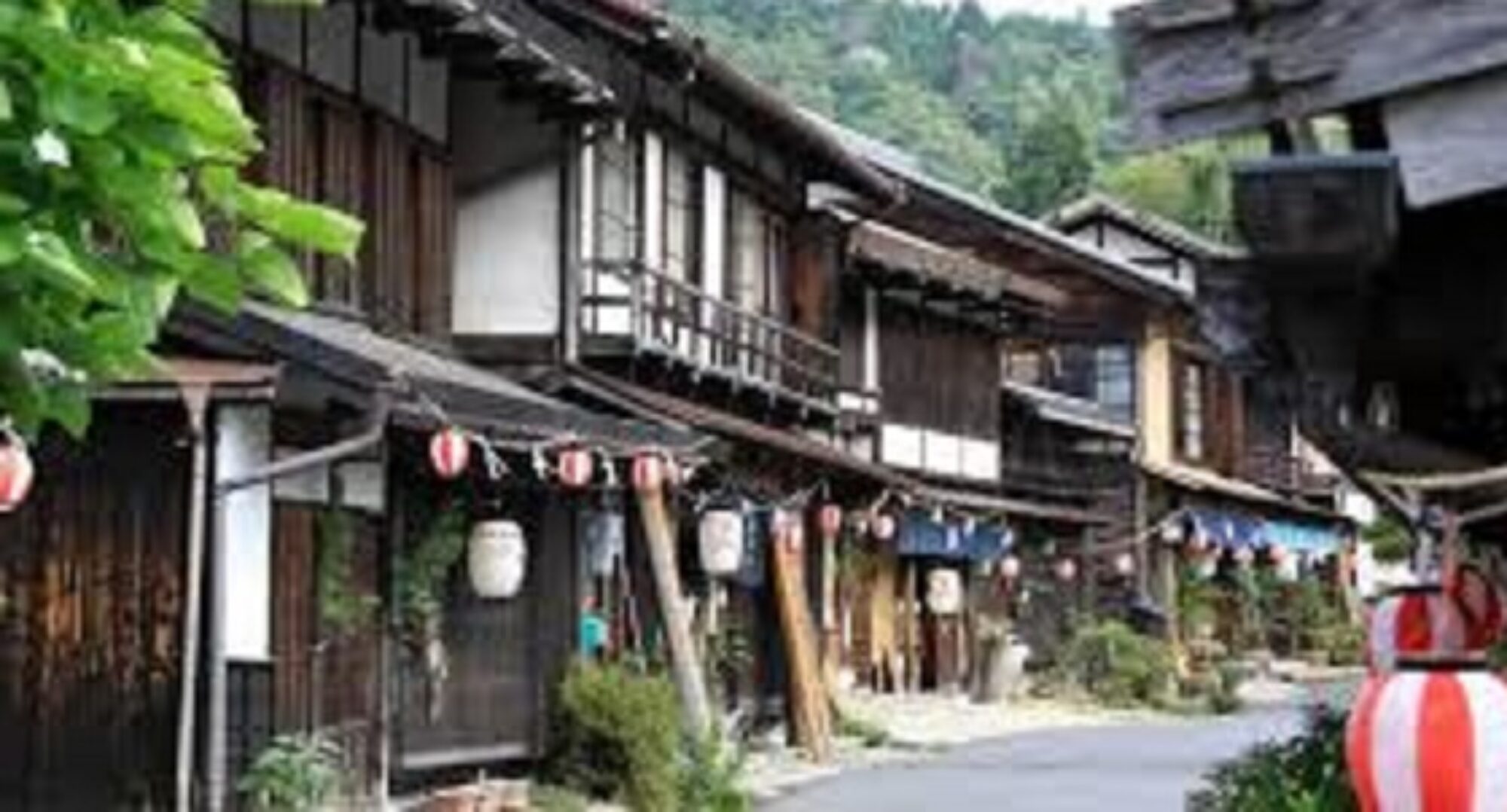
1.Geography of Japan
Japan is an island country, meaning that its territory consists entirely of islands.

As it is part of the Pacific Rim orogenic belt, it is characterized by many steep mountains and few plains.
Japan is an island nation located in East Asia, surrounded by the Pacific Ocean to the south and the Sea of Japan to the north. The capital of Japan is Tokyo.
Japan is divided into eight regions, with Hokkaido, Tohoku, Kanto, and Chubu being eastern Japan. The Kinki, Chugoku, Shikoku, and Kyushu regions are called Western Japan.
2.Japanese nature
Japan is rich in nature and is one of the world’s most forested countries. Approximately 70% of the country is said to be forest.

Because there are mountains and mountain ranges that run across Japan, the Sea of Japan side is characterized by a lot of snow.
Japan has four seasons: spring, summer, fall, and winter.In spring, cherry blossoms are in full bloom, and the rainy season arrives.
With the end of the rainy season comes the hot summer.
Autumn is here, and it’s getting cooler.You can enjoy the autumn leaves changing colors in the mountains.
And then winter comes.It snows a lot in Hokkaido and the Sea of Japan side.
3.Japan’s population and language
Japan’s population is approximately 120 million.In some areas, the number of residents is decreasing every year due to depopulation.

Japan has a declining birthrate and an aging population, with approximately 30% of the population aged 65 or older.Japan is said to be a country of longevity, with the average lifespan being 84 years, 81 years for men and 87 years for women.
The common language is Japanese, which is expressed in three types: hiragana, kanji, and katakana.Each region has its own unique words and intonation. It’s called a dialect.
4.Japan and religion
In Japan, there are many people who are not religious.In terms of percentage, many people believe in Buddhism or Shinto.

New Year’s Day in Japan is January 1st, and on New Year’s Day, people go to shrines to make hatsumode visits.It is customary to visit a shrine for every event.
A characteristic of Japan is the fusion of various religions and their integration into people’s lives.
5.Japanese money and industry
Japanese money is “yen”.Money includes banknotes and coins, including 10,000 yen bills, 5,000 yen bills, 2,000 yen bills, 1,000 yen bills, 500 yen coins, 100 yen coins, 50 yen coins, 10 yen coins, and 5 yen coins. , there is a one yen coin.

Regarding Japanese industry, Japan was originally an agricultural, forestry and fishing country, and in 1950, about half of the population was engaged in agriculture, forestry and fishing.
Japan changed from an agricultural country to an industrial country.In Japan, industries are classified into primary industry, secondary industry, and tertiary industry.

Agriculture, forestry and fisheries are primary industries. Secondary industries include manufacturing and construction, and with industrialization, secondary industries have flourished.
In recent years, tertiary industries such as service and retail industries have accounted for the largest share.
6.Japanese culture
Japan’s traditional costume is the kimono.The culture is also unique to Japan, including martial arts such as karate and judo, tea ceremony and calligraphy.

As part of Japan’s culture, Japanese food is also known around the world.It has a reputation for being healthy, delicate and beautiful.
There are also many cultures that are unique to each region.
7.Japan’s public safety
Foreign news media praise Japan’s security.

- The crime rate is extremely low even in Japan’s urban areas.
- People can walk around town with peace of mind even at night
- Japan has less theft of goods.
- Public places are clean and safe
- that people are kind and trustworthy;
When viewed from the perspective of foreign media reports, social media topics, and comments from overseas residents and visitors to Japan, it is clear that Japan’s public safety is highly regarded.

